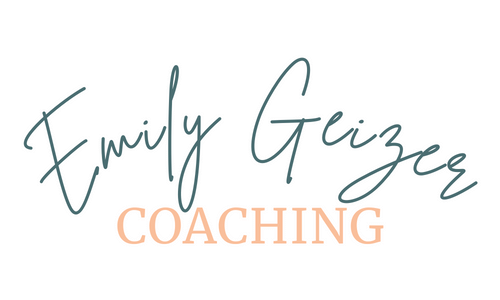Are You Being Greenwashed by Your Favorite Brands?
If you’re like me, you’ve become increasingly mindful of your purchasing power, paying closer attention to the company’s social responsibility and environmental stewardship. I’m not perfect at it, but it irks me to see the hype and often deceitful marketing by so many companies to boost their sales.
Heads up! Just because they put a leaf on the packaging doesn’t mean it’s good for you.
Greenwashing 101
Have you heard of greenwashing? It’s when a company markets their products and practices as “green” and “environmentally friendly” when they really aren’t. Words like natural, non-toxic, organic, and clean don’t always mean what you think they mean. Greenwashing is deceitful advertising intended to mislead consumers - YOU - who prefer to buy goods and services from environmentally conscious brands.
Read Labels Like a Pro
It’s time to get clear on some common terms that can be used to market a product as “healthy” or “green” more than provide trustworthy information. More than 95% of green products are guilty of greenwashing, so most of us are being duped!
Source vs. Safety
Natural
Just because an ingredient is natural (source) doesn’t mean it is safe. For example, the term natural could be used to describe lead, which is a natural ingredient. However, lead is not safe.
Chemical-free
The same goes for words “chemical-free”, as if that’s an indicator of safety. Remember, not all chemicals are bad. Water is a chemical.
Plant-based
“Plant based” is another tricky term and doesn’t necessarily mean it’s safe. For example, poison ivy is a plant that is unsafe depending on your sensitivity to it.
Regrettable substitutions
Beware when a company states ingredients NOT in the products. Think of BPA-free. Sadly, the replacement for BPA is usually BPS or BPF, and both have been shown to be even more harmful than BPA. If a product is free of something, look into what they are replacing it with. It’s unlikely they are able to just remove the chemical or ingredient. The replacement may be even more harmful.
Move over Greenwashing,
Cleanwashing is coming for you!
Clean beauty is a fast growing trend, but the lack of transparency in the industry can be dirty and ugly. I’ve built a successful business around weeding out the frauds and partnering with brands built on transparency, safety, and social responsibility. (See a list of my favorite brands here) .
Cleanwashing, like greenwashing, sucks up airtime and misdirects well-intentioned consumers down the wrong path. So, let’s set it straight.
Label reading:
Consider the front of the bottle for marketing. The back of the bottle is closer to reality.
Just because you can’t pronounce a word, doesn’t mean it’s a harmful ingredient.
There is no government- or third party-certified definition stating what qualifies as “clean” beauty and skincare. The same goes for words like natural, non-toxic, and green.
Why is the skincare industry so toxic?
It’s been over 80 years since a major law has passed to regulate the skincare industry. So, there are gaping loopholes allowing toxic ingredients to be used in many products. Truth in labeling is just one of those loopholes.
Even though the EU has banned 1400 ingredients, the US lags behind with a whopping 30 banned ingredients.
How to read ingredient labels on beauty products 101:
Ingredients are listed in order of volume
Those used at less than 1% of the formula are listed at the end, in any order
Just because an ingredient is hard to pronounce doesn’t mean it’s unsafe
Avoid products with undisclosed “fragrance” on the ingredients
Many brands will indicate organic ingredients with an asterisk
Companies should list full ingredients online if the package is too small (ie a lipstick tube)
Long ingredient lists don’t mean a product is unsafe
Double-check your label reading skills with EWG’s Skin Deep Cosmetic Database. They rate common beauty products on a scale of 1-10. You’ll notice several brands that are marketing themselves as “natural” have products that rank 7-10 on the hazard scale. I aim to choose products that score 3 or less.
